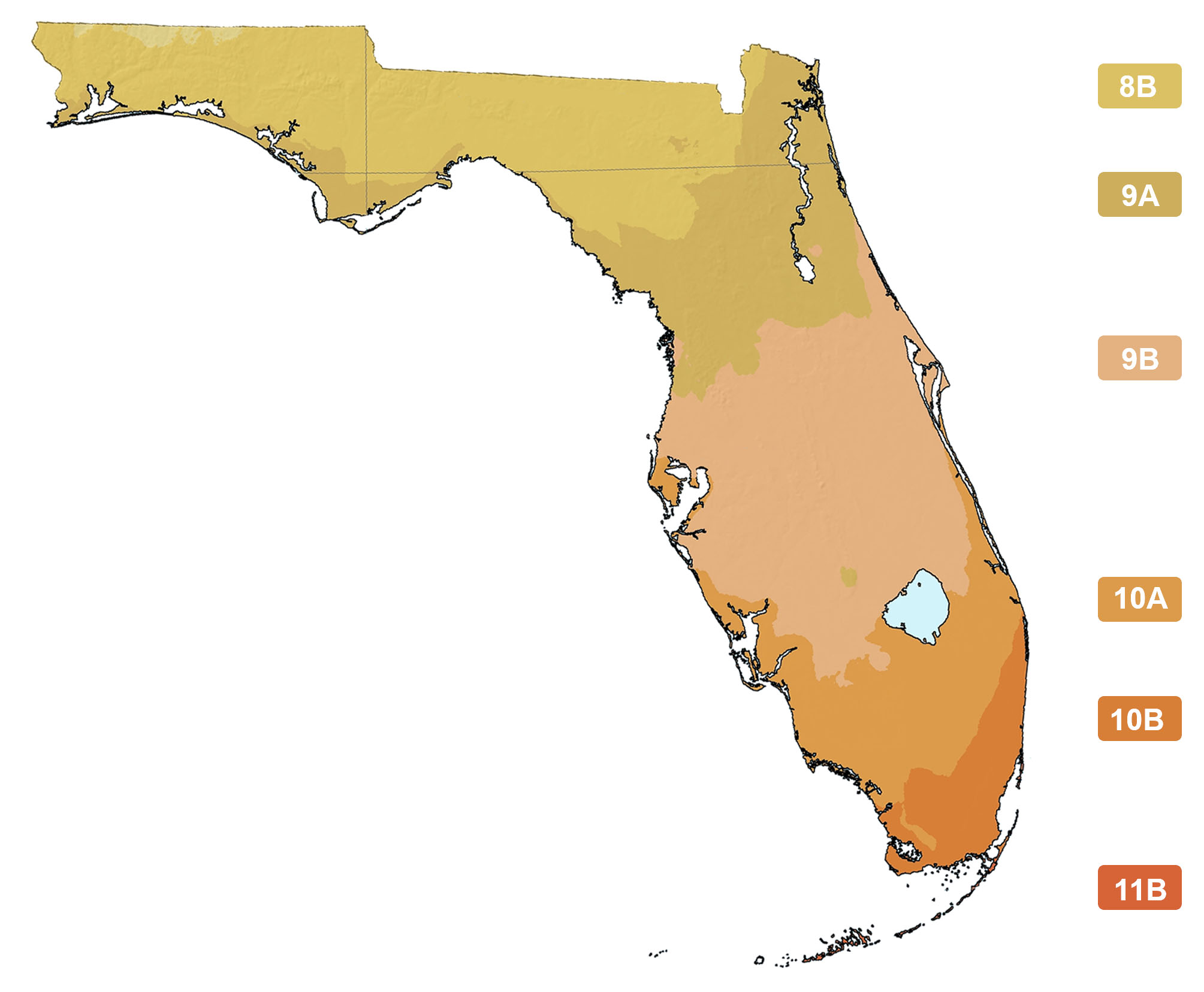Nyssa aquatica
Photographs belong to the photographers who allow use for FNPS purposes only. Please contact the photographer for all other uses.
Water Tupelo
Cornaceae
Plant Specifics
| Form: | Tree | |
| Size: | 80-100 ft | |
| Life Span: | Long-lived perennial | |
| Flower Color: | NA | |
| Fruit Color: | Purple | |
| Phenology: | Deciduous | |
| Noted for: | Fall color |
Landscaping
| Recommended Uses: | Wet garden. Rain garden. Shade tree for wet areas and along wetland edges. Leaves turn yellow in fall. Slow growing. | ||||||||||||||||||||||||||||||||||||||||||
| Propagation: | Seed. Sometimes grafted. | ||||||||||||||||||||||||||||||||||||||||||
| Availability: | Native nurseries, Seed | ||||||||||||||||||||||||||||||||||||||||||
| Light: | Full Sun, Part Shade | ||||||||||||||||||||||||||||||||||||||||||
| Moisture Tolerance: |
always floodedextremely dry |
||||||||||||||||||||||||||||||||||||||||||
| (Stays Wet ----- to ----- Somewhat moist, no flooding) | |||||||||||||||||||||||||||||||||||||||||||
| Moisture Tolerance: | Stays Wet ----- to ----- Somewhat moist, no flooding | ||||||||||||||||||||||||||||||||||||||||||
| Salt Water Flooding Tolerance: | Not salt tolerant of inundation by salty or brackish water. | ||||||||||||||||||||||||||||||||||||||||||
| Salt Spray/ Salty Soil Tolerance: | Low/no tolerance of salty wind or direct salt spray | ||||||||||||||||||||||||||||||||||||||||||
| Soil or other substrate: | Pond, lake, or stream bottom, Clay, Loam, Sand | ||||||||||||||||||||||||||||||||||||||||||
| Soil pH: | Acidic | ||||||||||||||||||||||||||||||||||||||||||
Ecology
| Wildlife: |
Fruits eaten by birds and smal mammals.
| |
| Insects: | Visited by bees and valued by commercial bee keepers as a source of exceptionally sweet honey. Also said to be wind pollinated. | |
| Native Habitats: | Floodplain forests , swamps, usually in water. |
Distribution and Planting Zones
Natural Range in Florida
USDA Zones
Suitable to grow in:
10A 10B 8A 8B 9A

USDA zones are based on minimum winter temperatures
Comments
| Ethnobotany: | Tupelo honey is famous for its unusual sweetness. |



